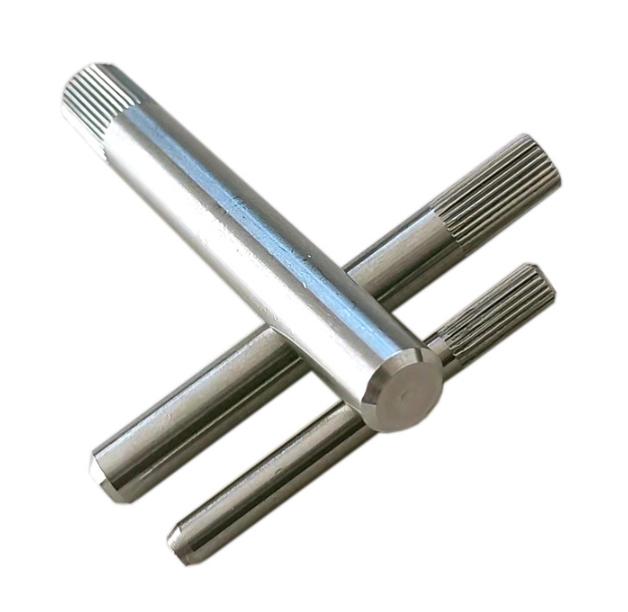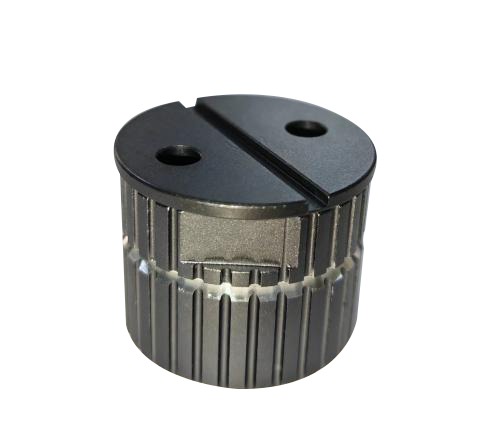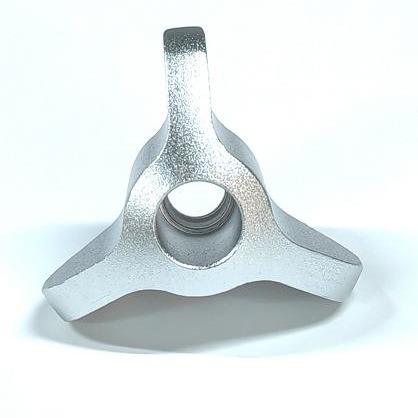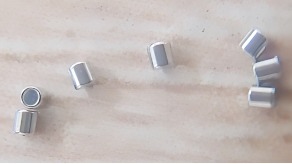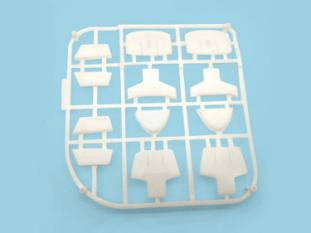Passivation, Powder Coating and Painting, Blackening and Bluing, Polishing in the CNC Machining Surface Treatment Process
This article will introduce several surface treatment processes for CNC machined parts, including passivation, powder coating, thermal blackening, polishing, and painting.
Passivation
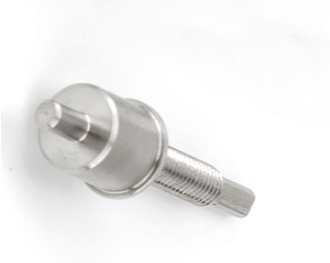
Passivation means that the metal is oxidized by a strong oxidant or electrochemical method to make the surface inactive state. It can convert the metal surface into a state that is not easily oxidized, thereby delaying the corrosion rate of the metal.
In addition, the phenomenon of an active metal or alloy in which the chemical activity is greatly reduced to a noble metal state is also called passivation.
What is the Principle of Passivation?
The principle of passivation is that due to the action of metal and oxidizing substances, a very thin, dense, and well-covered passivation film is formed on the metal surface, which is firmly adsorbed on the metal surface.
This film exists as a separate phase, usually a compound of metal oxides. It can completely separate the metal from the corrosive medium and prevent the metal from contacting the corrosive medium so that the metal basically stops dissolving and forms a passive state to achieve the effect of anti-corrosion.
What Are the Advantages of Passivation?
1. Compared with the traditional physical sealing method, the passivation treatment has the characteristics of not increasing the thickness of the workpiece and changing the color.
2. Since the passivation process is carried out in a non-reactive state, the passivation agent can be added and used repeatedly, so the service life is longer and the cost is more economical.
3. Passivation promotes the oxygen molecular structure passivation film formed on the metal surface, the film layer is dense, the performance is stable, and it has a self-healing effect in the air at the same time, so compared with the traditional method of applying anti-rust oil, the passivation formed The passivation film is more stable and more resistant to corrosion.
Powder Coating and Painting
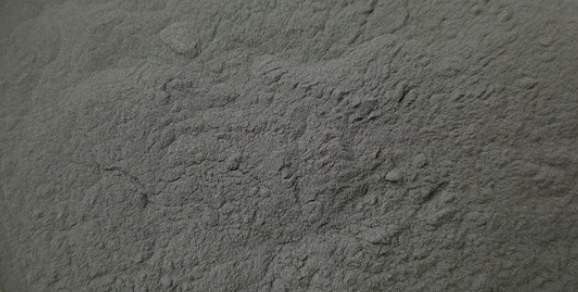
Powder coating is to use of powder spraying equipment to melt dry plastic powder onto metal. Under the action of static electricity, the powder will be uniformly adsorbed on the surface of the workpiece to form a textured, matt, or glossy coating. It electrostatically applies powder to metal, which is then cured under heat, allowing it to flow and form a hard “skin” for decorative and corrosion protection purposes.
Spray paint processing refers to the processing method in which the hardware factory uses a spray gun to atomize the paint and coat it on the surface of the object when producing hardware products. The hardware can be prevented from rusting by painting, such as daily necessities, electrical enclosures, handicrafts, etc.
What is the Difference Between Powder Coating and Spray Paint?
The spraying effect of powder spraying is better than the spraying paint process in terms of mechanical strength, corrosion resistance, aging resistance, adhesion, etc., but the cost is higher than that of the spraying paint process.
Blackened and Blued
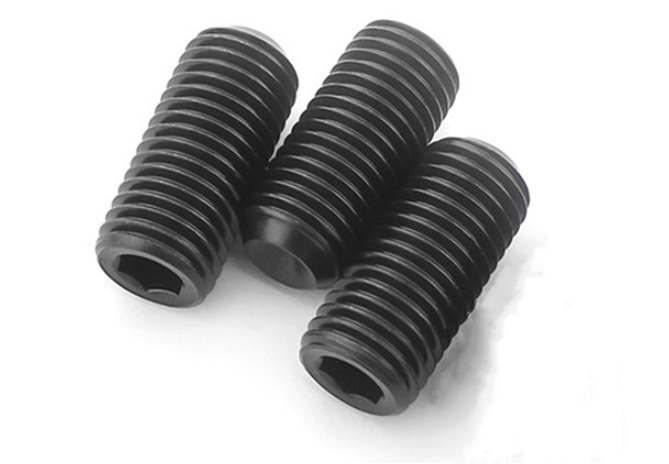
Blackening is a common method of surface treatment. Its principle is to produce an oxide film on the metal surface to isolate the air and achieve the purpose of anti-corrosion.
Blackening and bluing are exactly the same in terms of process, the only difference is the final treatment results due to different temperatures. In many cases, the blackening of the surface of the part is also called bluing.
The principle of blackening or bluing treatment is to heat steel parts in a chemical solution to an appropriate temperature to oxidize the surface to form a smooth, dense oxide film.
This oxide film is iron tetroxide (Fe3O4), which can effectively protect the inside of the steel from oxidation to achieve rust prevention. Since the Fe3O4 oxide film is the sky blue at 550 °C, and dark black at 130 °C to 150 °C, it is called blackening or bluishness depending on the color.
Surface Polishing
Polishing refers to the use of mechanical, chemical, or electrochemical action to reduce the surface roughness of the workpiece and then obtain a bright and smooth surface. This process is mainly to modify the surface of the workpiece by polishing tools or abrasive particles or other polishing media.
Surface polishing is generally used for daily necessities. For example, the combs we produce, the combs are made of punched hardware, and the corners of the punched combs are very sharp. We need to polish the sharp part of the corner into a smooth surface so that it will not cause harm to the human body during use.
Note: Polishing can not improve the dimensional accuracy or geometric accuracy of the workpiece but is for the purpose of obtaining a smooth surface or mirror gloss, and sometimes it is also used to eliminate gloss.
As a hardware manufacturer, KENENG can produce all kinds of hardware products, and of course, can also carry out a variety of surface treatments. We can provide CNC machining and metal stamping, injection molding, and other services, and can process batch parts. If you need it, please contact us.

